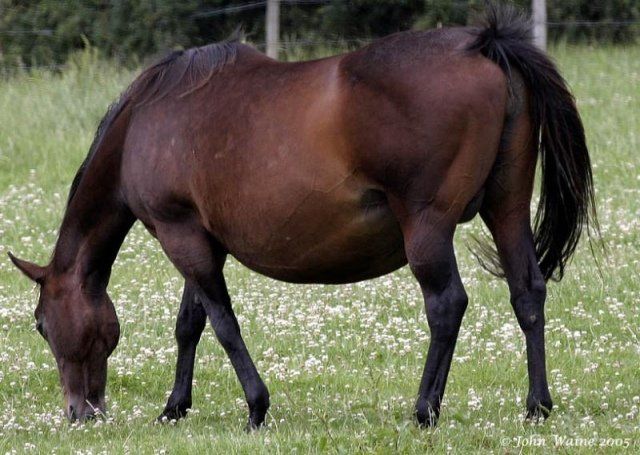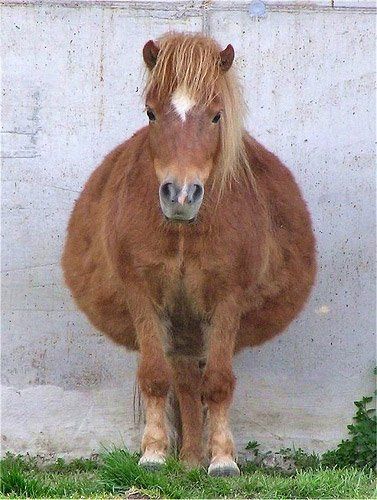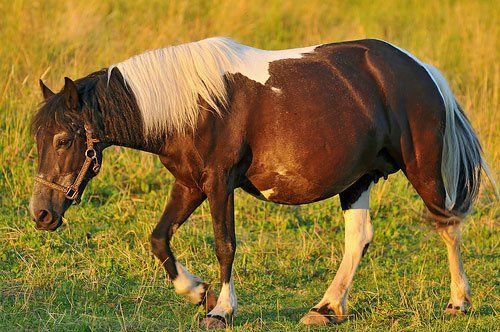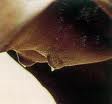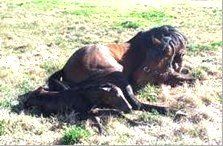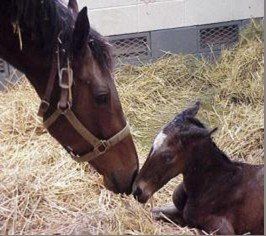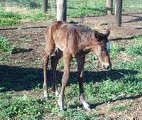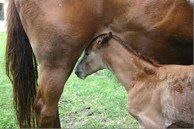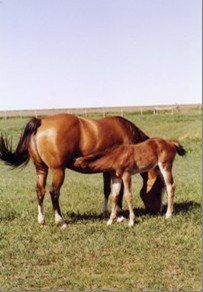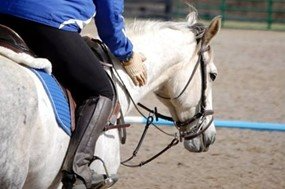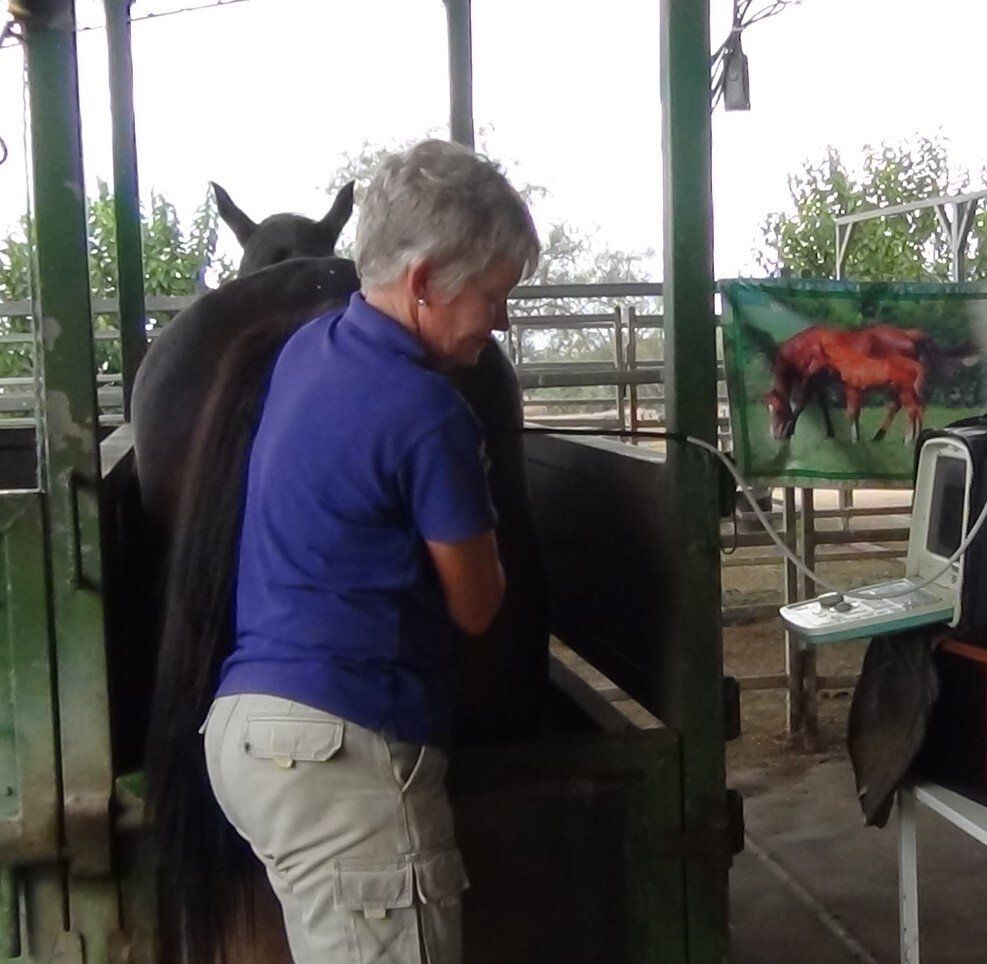Once the foal is established bathe the umbilical stump with dilute iodine solution to prevent infection. The stump should dry within 3 days, but if it continues to leak fluid (possibly urine), or becomes smelly, call your veterinarian.
It is important for the foal to drink at least 2 -3 litres of colostrum during the first 12 hours of life. It may suckle from 3 to 5 times per hour, consuming 50-60 mls at a time.
If your mare does not have sufficient colostrum, it may be obtained from another newly foaled mare. Your veterinarian or a nearby horse stud may be able to help obtain a supply. Colostrum is essential to provide immunity against infections during the first vulnerable weeks of life until the foal can establish it’s own antibodies. A blood test to measure the antibody or immunogloblin level of the foal can be conducted by your veterinarian, and if necessary antibodies may be administered via plasma. Inadequate antibody levels will make the foal less able to defend itself against bacteria that cause diarrhoea, pneumonia or joint-ill.
Another important activity for the newborn foal is to pass meconium – the first sticky, dark-coloured pellets of dung that have accumulated in the intestine while the foal is in the uterus. Some straining is often necessary to pass this stool, but excessive un-productive straining should be investigated by your veterinarian to prevent serious impaction. This is particularly important in colt foals which have a more narrow pelvic structure. If the meconium is not passed the foal will become listless and may stop drinking – resulting in dehydration which is a serious problem.
Once the foal is up and active, check the limbs for severe abnormalities that may prevent it from moving well. It is common for foals to have some limb deviations due to the long time they are confined within the mare’s uterus, but if these deviations are severe and prevent normal movement you should consult your veterinarian.
Also check that the foals eyelashes and eyelids are turned out and that the lashes are not irritating the surface of the eyeball. If there is any discharge from the eye – call your veterinarian.

